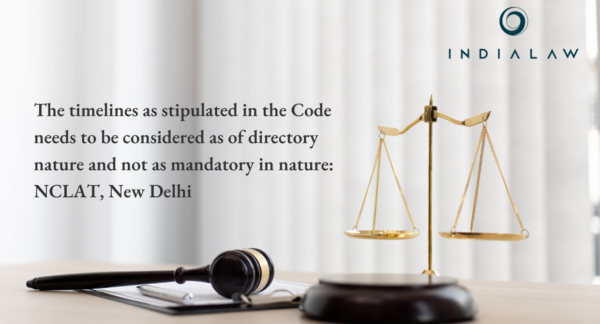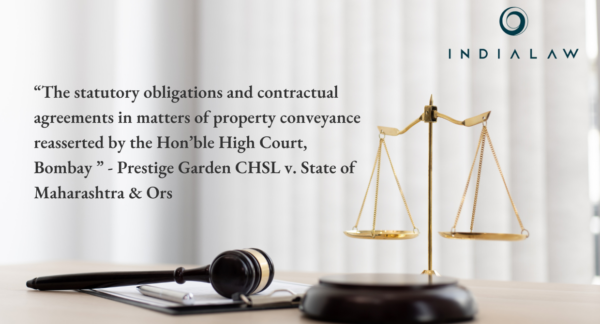Supreme Court Disallows Wage Discrimination


The Supreme Court in its recent judgement in, State of Punjab v. Jagjit Singh and Ors in C.A. No. 213/2013, upheld the Constitutional principle of ‘equal pay for equal work’ with respect to temporaray employees vis-a –vis permanent employees in the Government sector. The Hon’ble Supreme Court held that temporary employees performing similar duties and functions as performed by permanent employees were entitled to draw wages at par with similarly placed permanent employees.
Issue for Consideration :-
The Honorable Supreme Court had to decide whether temporarily engaged employees (daily-wage employees, ad-hoc appointees, employees appointed on casual basis, contractual employees and the like), were entitled to minimum of the regular pay-scale, along with dearness allowance (as revised from time to time) on account of their performing the same duties, which were discharged by those engaged on regular basis, against sanctioned posts.
Facts:–
This case arose out of conflicting judgments of the Punjab & Haryana High Court (“High Court”). The division bench of the High Court, in State of Punjab & Ors. v. Rajinder Singh & Ors., L.P.A. No 337 of 2003, decided on 7.1.2009, took the view that temporary employees would not be entitled to the minimum of the pay-scale as was being paid to similarly placed permanent employees. However, another division bench of the same High Court in State of Punjab & Ors. v. Rajinder KumarL.P.A. No.1024/2009 decided on 30.8.2010 took a contrary view and held that temporary employees would be entitled to minimum of the pay-scale, along with permissible allowances (as revised from time to time), which were being given to similarly placed permanent employees.
Owing to the dissenting views, the matter was referred to a full bench of the High Court in Avtar Singh v. State of Punjab & OrsCWP No 14796 of 2003. The full bench of the High Court was of the opinion that temporary employees were not entitled to the minimum of the regular pay-scale, merely on account of the reason that the activities carried out by daily wagers and permanent employees were similar. However, this rule was subjected to two exceptions, wherein temporary employees would be entitled to wages at par with permanent employees. The same is elucidated below:-
- If the temporary employee was appointed in a regular sanctioned post, after undergoing a selection process based on fairness and equality of opportunity to all other eligible candidates
- If the temporary employee was appointed in a post which was not a regular sanctioned post, however, their services have been availed continuously, with notional breaks, for a sufficient long period.
The instant case before the Hon’ble Supreme Court arises out of dissenting views expressed in all the three aforementioned judgments.
Analysis given by the Supreme Court:-
The Hon’ble Supreme Court has expressed the legal position with reference to the principle of ‘equal pay for equal work’on the basis of the following deductions:
.
- The principle of equal pay would be sustainable where the temporary employee discharges similar duties and responsibilities as of permanent employees and possesses required qualifications for the post.
- Persons discharging identical duties cannot be treated differently in the matter of their pay, merely because they belong to different Departments of Government.
- For equal pay, the concerned employees with whom equation is sought should be performing work, which besides being functionally equal, should be of the same quality and sensitivity.
- Persons holding the same rank/designation (in different departments), but having dissimilar powers, duties and responsibilities, can be placed in different scales of pay, and cannot claim the benefit of the principle of ‘equal pay for equal work’. Therefore, the principle would not be automatically invoked, merely because the subject and reference posts had the same nomenclature.
- Persons performing the same or similar functions, duties and responsibilities, can also be placed in different pay-scales such as‘selection grade’ in the same post. But this difference must emerge out of a legitimate foundation, such as – merit, or seniority, or some other relevant criteria.
- A comparison between the subject post and the reference post, under the principle of ‘equal pay for equal work’, cannot be made, where the subject post and the reference post are in different establishments, having a different management.
- The parity in pay, under the principle of ‘equal pay for equal work’, cannot be claimed merely on the ground that at an earlier point of time, the subject post and the reference post were placed in the same pay-scale. The principle of ‘equal pay for equal work’ is applicable only when it is shown that the incumbents of the subject post and the reference post discharge similar duties and responsibilities.
- For parity in pay-scales, under the principle of ‘equal pay for equal work’,equation in the nature of duties is of paramount importance.
- There can be a valid classification in the matter of pay-scales, between employees even holding posts with the same nomenclature i.e., between those discharging duties at the headquarters, and others working at the institutional/sub-office level.
- The principle of ‘equal pay for equal work’ would not be applicable, where a differential higher pay-scale is extended to persons discharging the same duties and holding the same designation, with the objective of ameliorating stagnation, or on account of lack of promotional avenues.
- There can be no comparison between one set of employees of one organization and another set of employees of a different organization. Further, there can be no question of equation of pay-scales under the principle of ‘equal pay for equal work’, even if two organizations have a common employer.
CONCLUSION:–
The Hon’ble Supreme Court held that an employee engaged for the same work cannot be paid less than another, who performs the same duties and responsibilities. Such an action besides being demeaning, strikes at the very foundation of human dignity. Any one, who is compelled to work at a lesser wage, does not do so voluntarily. Any act of paying less wages, as compared to others similarly situated, constitutes an act of exploitative enslavement emerging out of a domineering position and the action is oppressive, suppressive and coercive, as it compels involuntary subjugation. Such an action would be in violation of Article 14 of the Constitution, which guarantees equality and the Directive Principles of welfare state enshrined under Article 38 and 30 of the Constitution.
Disposing the above appeals, the Hon’ble Supreme Court held that all the concerned temporary employees, in the present bunch of cases, would be entitled to draw wages at the minimum of the pay-scale (at the lowest grade, in the regular pay-scale), extended to regular employees, holding the same post but would not be entitled to the allowance attached to the post.Accordingly, the Supreme Court set aside the decisions of the division bench and full bench of the High Court in State of Punjab & Ors. v. Rajinder Singh & Ors. and Avtar Singh v. State of Punjab & Ors respectively. Whereas, it upheld the decision of the division bench of the High Court in State of Punjab & Ors. v. Rajinder Kumar with modifications.




